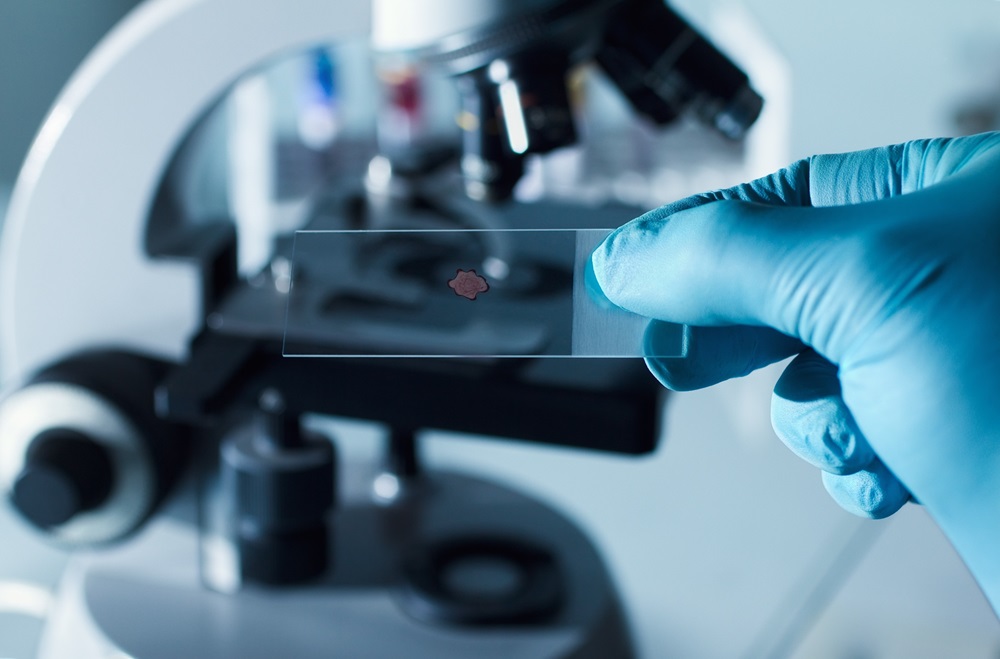Novel AI-Powered Method for Tissue Analysis Improves Understanding of Disease Pathology
Posted on 11 Jun 2024
Scientists at Brown University (Providence, RI, USA) and the University of Michigan (Ann Arbor, MI, USA) have created a groundbreaking computational technique to examine complex tissue data, potentially revolutionizing our understanding of diseases and their treatment. The method, known as Integrative and Reference-Informed tissue Segmentation (IRIS), utilizes machine learning and artificial intelligence to provide biomedical researchers with accurate insights into tissue development, disease pathology, and tumor structuring. IRIS employs spatially resolved transcriptomics (SRT) data and incorporates single-cell RNA sequencing data as a reference. This approach allows for the simultaneous examination of multiple tissue layers and accurately identifies different regions with exceptional computational speed and precision. In contrast to traditional methods that offer averaged data from tissue samples, SRT delivers a much more detailed perspective, locating thousands of specific points within a single tissue section.
Handling vast and complex datasets has always posed significant challenges, and IRIS addresses these by using algorithms to sift through data, segmenting various functional domains, such as tumor areas, and shedding light on cellular interactions and the dynamics of disease progression. Unlike existing methods, IRIS directly maps the cellular composition of tissues and delineates biologically meaningful spatial domains, enhancing the comprehension of cellular activities that drive tissue functions. The developers of IRIS tested it on six SRT datasets, assessing its effectiveness compared to other spatial domain analysis methods. As SRT technologies gain traction and become more widely used, the creators of IRIS anticipate that it will contribute to identifying new clinical intervention points or pharmaceutical targets, thereby enhancing personalized treatment strategies and ultimately improving patient health outcomes.

"The computational approach of IRIS pioneers a novel avenue for biologists to delve into the intricate architecture of complex tissues, offering unparalleled opportunities to explore the dynamic processes shaping tissue structure during development and disease progression," said Xiang Zhou, professor of biostatistics at the University of Michigan School of Public Health. "Through characterizing refined tissue structures and elucidating their alterations during disease states, IRIS holds the potential to unveil mechanistic insights crucial for understanding and combating various diseases." The researchers' findings were published in the journal Nature Methods on June 6, 2024.
Related Links:
Brown University
University of Michigan














